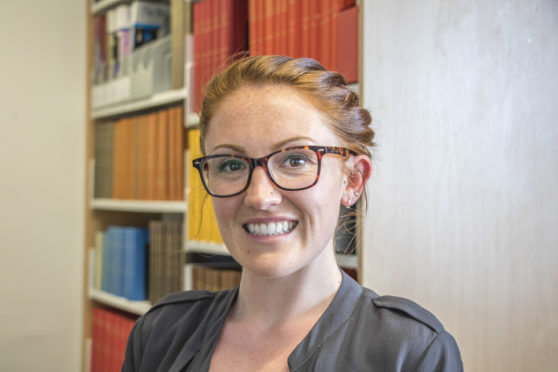Selfies taken by missing persons before they disappear could prove key for future forensic dental identification, according to an expert studying at Dundee University.
Selfies showing teeth and gum shields are just some of the new dental identifiers to appear on a checklist designed to aid the police and forensic odontologists in missing persons cases.
The Dental Identification Record Checklist, which is the first of its kind, was developed by Dr Claire Sallis and her supervisor Dr Scheila Mânica at Dundee University’s School of Dentistry.
It aims to speed up the process of forensic identification by allowing police to request more dental by-products than ever before, such as bleaching trays or teeth moulds, and reminds law enforcement officers to check for supplementary evidence such as selfies that may portray the missing person’s teeth.
Working in collaboration with the British Association for Forensic Odontology (BAFO) and the UK Missing Persons Unit, Dr Sallis hopes the free checklist, which has already been translated into 14 languages, will reduce the time it takes for police to gather important evidence.
Dr Sallis said: “When a dentist places a filling, they will never make the same filling ever again in their lifetime. That’s how unique they are and that’s why they are great for identifying missing people.
“It’s the role of forensic odontologists to identify the deceased by their teeth but this process can be frustrated by both general dentists and police not knowing exactly the types of evidence that could help speed up the process.”
A cheaper alternative to DNA-testing, Dr Sallis says teeth play a larger part in identifying the missing or deceased than people might imagine.
The 28-year-old from Chester said: “In the UK we don’t have a national database of fingerprints unless you are a criminal; therefore, it is more likely that an individual has attended their dentist at some point than have had their prints taken.
“In certain situations DNA can also be rendered unusable. For this reason, dental identifiers can be relied upon more frequently.
“We don’t tend to talk about how forensic odontology is used in books or films, but teeth are composed of one of the hardest tissues in your body-enamel – and therefore can last a very long time and withstand a variety of assaults.
“In cases where bodies of the deceased have begun port-mortem changes, the police have been able to rely upon dental identification due to the natural resilience of teeth.
“Looking ahead, with less and less people needing root-canal treatments or fillings, selfies could prove particularly useful to help match up the deceased with missing person profiles, especially if the missing person has distinctive dental features.”
Dr Sallis, who is studying for an MSc in Forensic Dentistry plans to return to work as a dentist in Chester but aspires to become a registered forensic odontologist.
Dr Scheila Mânica will share more secrets of teeth at Café Science at 7pm on September 16 at Medina Bar and Grill in Dundee.
There is no need to book in advance for the free event but people are advised to arrive early to avoid disappointment.









